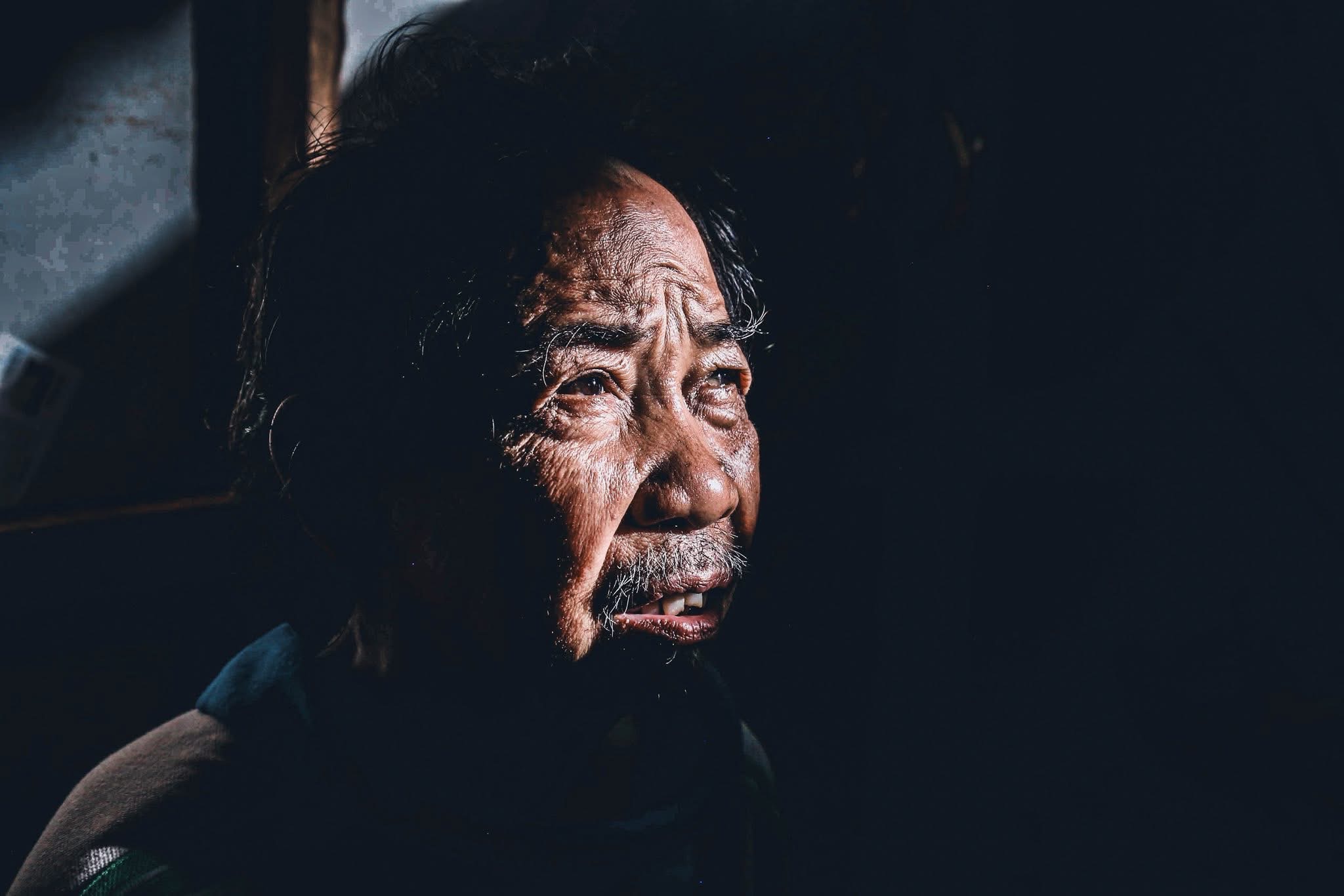Lechon, the succulent roasted pig, is a cherished culinary gem in the Philippines. It has become an integral part of Filipino celebrations, symbolizing festivity, abundance, and culinary artistry. While lechon is produced and enjoyed throughout the Philippines, Cebu’s lechon is unparalleled. Cebu’s lechon has earned an enviable standing as the pinnacle of lechon perfection, thanks to its delicious taste and incomparable crispiness. Let us dig into the origins underlying its exquisite charm and discover why it is said to be superior when compared to other lechon varieties.

Cebu, a province in the Visayas region of the Philippines, takes immense pride in its lechon heritage. The origins of Cebu’s lechon can be traced back to pre-colonial times when the technique of spit-roasting meat was introduced by Spanish explorers. Over centuries, Cebuanos have perfected the art of preparing lechon, passing down their unique recipes from generation to generation.
What sets Cebu’s lechon apart from others is its distinct flavor profile. The key is in the painstaking preparation and utilization of locally sourced products. The marinade, which is often a combination of cloves of garlic, lemongrass, salt, and pepper, along with other native spices and herbs, is one of the main components. Another crucial aspect of Cebu’s lechon is the slow-roasting technique, which contributes to its exceptional taste. The whole pig is carefully skewered onto a bamboo pole and roasted over an open fire for several hours. This method allows the meat to cook evenly, ensuring a tender texture and creating a crispy golden-brown skin that crackles with every bite.

A quintessential element in the preparation of Cebu’s lechon is the choice of wood used for the fire. Traditional lechoneros often utilize a combination of local hardwoods, such as coconut and mango wood, to infuse the meat with a unique smoky aroma. The aromatic essence of the wood adds an extra layer of complexity to the overall flavor, enhancing the taste of the succulent meat. One of the defining characteristics of Cebu’s lechon is its unmatched crispy skin. Achieving the perfect crackling requires expertise and patience. The roasting process involves carefully basting the pig with oil or water, allowing the skin to gradually turn golden and develop a tantalizing crunch. The resulting contrast between the crispy exterior and the tender, juicy meat underneath is a sheer delight for the palate.

Cebu’s lechon owes its irresistible taste not only to the techniques and ingredients but also to the passion and dedication of the lechoneros themselves. The tradition of preparing lechon has been passed down through generations, with each lechonero adding their unique touch to the craft. This commitment to culinary excellence, coupled with the abundant supply of high-quality pigs in Cebu, creates a winning combination that sets Cebu’s lechon apart.
Cebu’s lechon reigns supreme as the pinnacle of lechon mastery in the Philippines. Its distinctive flavors, achieved through the perfect blend of herbs and spices, coupled with the slow-roasting technique over an open fire, resulting in an unrivaled gastronomic experience. The tender, succulent meat, and the delectably crispy skin make every bite a revelation. Cebu’s lechon exemplifies the province’s rich culinary legacy, blending tradition, talent, and enthusiasm to produce a meal that has captured the hearts of both Filipinos and foreigners. Delighting in Cebu’s lechon is more than simply a gastronomic treat; it’s an immersion into the Philippines’ rich historical tapestry.











